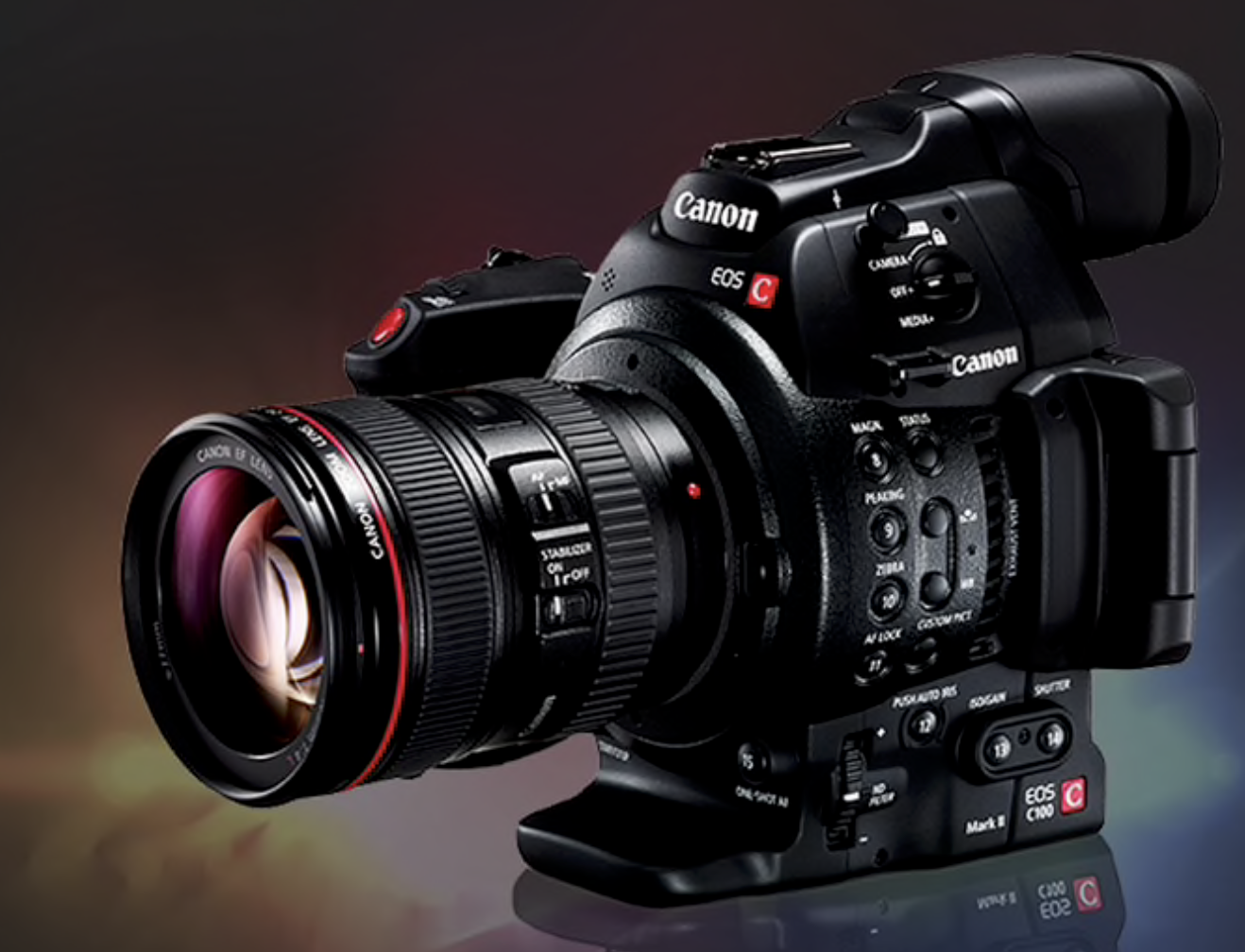The movies on this list are ranked according to their success (awards & nominations), their popularity, and their cinematic greatness from a directing/writing perspective. To me, accuracy when making a Top 10/Top 100 all time list is extremely important. My lists are not based on my own personal favorites; they are based on the true greatness and/or success of the person, place or thing being ranked. In other words, a film's commercial success (Oscars & BAFTA Awards), and greatness in direction, screenwriting and production, is how I ranked the films on this list. If you guys would like to view my other Top 10/Top 100 lists, feel free to check out my YouTube page and/or my IMDb page at *ChrisWalczyk55*. These are the first 10 to see the all list check: https://www.imdb.com/list/ls055592025/
Think Laterally
I would like to share the story that I found very inspiring,
There was a large telephone company in the Midwest, so the story goes, that right after the Korean War developed a great pro-training supervisors of telephone operators. Graduates of the program were absolutely top-notch and the program was awarded many commendations, written up in magazines, and studied by other organizations. But there was a problem: The graduates were so good that as soon as a class graduated, most of them were contacted by other companies and hired away. A car company might need three or four supervisors for their communications staff; an oil company, five or six; the government of Canada, ten. Even other telephone companies were raiding their sister company for supervisors.The telephone company tried everything to keep its graduates—it gave them more money and fancy titles, it erected an “Honor Wall” where their names were inscribed, it furnished them expensive jackets to wear on the job, it sent their spouses flowers on every anniversary, it gave them extra vacation time—all to no avail. The other companies simply gave them more money and even fancier titles and even more vacation time. As you can imagine, the heads of the telephone company had many meetings trying to figure out ways to keep graduates from leaving. During one of these meetings, so the story goes, one of the managers lost his temper and shouted: “I’d like to chop their damn legs off—then they couldn’t leave.” Everybody laughed. Except one person, who said, “Yes, of course, that’s it.”“What’s it?” said his boss. “Why, we’ll hire only handicapped people in wheelchairs for the program,” he said. “We’ll redo all our entrance ways, our elevators, our toilets. We’ll furnish modified cars for them to drive to and from work. We’ll work with doctors and physical therapists to develop exercise programs. We’ll . . .”And that’s what they did.And the other companies no longer tried to hire the graduates away because they knew they’d have to redo all their entrance ways and elevators and toilets, and modify cars, and so on. And it all started because somebody suggested chopping “their damn legs off"—a very illogical solution. That is lateral thinking.
Zoom Meetings and Audio
Last tip on Zoom meetings and how to improve them. We are going to talk about Audio, very important if you want to be heard well and clear.
While we just told you to step away and not be so close, don't be so far away that the microphone won't hear you. Remember to put the kids and other sound distractions in another room during your meeting, if you can. And, this is a huge one: Don't forget to mute the microphone when listening. Otherwise, everybody gets to hear you typing away. For improved audio, Becker recommends using an accessory mic, which will make you sound way better. You can pick up a microphone that plugs into the USB port of your laptop for $99 and up (we like the Rode NT-USB mic as a starter) or, even better, for $20, he recommends a small lapel mic, the Movo LV1, that connects directly into the microphone jack of your laptop. In Zoom, you can go into general settings and adjust the audio, to pick your accessory mic instead of the mic from the webcam.
https://lnkd.in/e-3hb79
#SantaFe Series. Photo by Fiore: Santa Fe, New Mexico. #FIOREIMAGE
#videographer
#santafevideographer
#Internationalvideographer
Zoom Meetings and Eye Level
Zoom meetings and how to improve them. We are going to talk about the eye level and how to position yourself in front of a camera.
Don't have the webcam looking up at you, because that will turn you into "Look up my nostrils dude." Let's put it this way. The camera under the face is the oldest unflattering look in the books. It's what director James Whale did in the original 1931 "Frankenstein" movie to make the monster look more menacing. Some people recommend having the camera look down at you, but Becker doesn't buy it. "Eye to eye contact is the best connection." Look at that camera directly, straight ahead. How to do that when the webcam is physically below your eye? Stack a bunch of books under your laptop until you see the webcam eye to eye.
https://lnkd.in/e-3hb79
#SantaFe Series. Photo by Fiore: Santa Fe, New Mexico.
#FIOREIMAGE
#videographer
#santafevideographer
#Internationalvideographer
Zoom Meetings and Prospective
Zoom meetings tips number three. We are going to talk about the perspective and why it is important.
Here's the biggest no-no. Get rid of what he calls "wide-angle face." The cameras on smartphones and webcams are wide-angle. So if you get too close to it, you will look distorted. In other words, step back from the camera. "The closer you are to a wide-angle, the more distorted you are."
https://lnkd.in/e-3hb79
#SantaFe Series. Photo by Fiore: Santa Fe, New Mexico.
#FIOREIMAGE
#videographer
#santafevideographer
#Internationalvideographer
Zoom Meetings and Background
For today's Zoom meeting tips, we are going to talk about the background and why it is important.
You want people focusing on your face, not on what's behind you. Many people like to be photographed in front of a bookshelf, but Becker says sometimes the "trinkets" on the shelf will cause distractions. He likes it "plain and simple," like blank walls, or a wall with nothing but one piece of art hanging. Becker photographs himself in front of bricks, which he calls "boring" and thus non-distracting.
https://www.usatoday.com/story/tech/2020/04/11/zoom-meetings-go-better-these-6-tips-look-your-best/5125980002/
#SantaFe Series. Photo by Fiore: Santa Fe, New Mexico.
#FIOREIMAGE
#videographer
#santafevideographer
#Internationalvideographer
Zoom Meeting and Lights
Everybody is on Zoom these days, here are a few suggestions to look good on camera. Let's start with lighting.
Here's where most people fail in web conferences. They have what Becker calls "Shady Face," that is, half of their face is shaded or blocked in some way. He recommends having one steady lamp, directly by your face, for even, steady lighting. No side light or backlight, please, he adds. He suggests, as we have several times, to avoid sitting with your back to the window, as the camera will expose for the light and make you into a silhouette. Instead, flip it, and face the window, which will give you soft, people-pleasing light. https://lnkd.in/e-3hb79
#SantaFe Series. Photo by Fiore: Santa Fe, New Mexico.
#FIOREIMAGE
#videographer
#santafevideographer
#Internationalvideographer
Color Correction and Color Grading
I would like to share this article: "The Difference Between Color Correction and Color Grading". By Jourdan Aldredge.
Color correction is a singular process that involves making adjustments to an image to “correct” any deviations from its standard appearance. These corrections include: Exposure, White Balance, ISO Noise, Contrast Color correction can be used to cover mistakes made with camera settings as well as to pull more information from flat-profiles. You should color correct your footage whenever possible, as it creates cohesion between shots. Color Grading is a multi-process that can change the visual tone of an entire film. Once your footage is corrected, you can work to change the thematics and aesthetics. Grading is used more as a brush to paint a picture with purpose. These include: Shot Matching, Removing Objects, Shape Masks Cinematic Looks (day-to-night, underwater, flashbacks, etc…) Color grading is considered a more “high-end” process than color correction and it’s not used quite as often for most videos. If you are looking to create more detailed color profiles, be prepared for more labor intensive editing and longer render times.
#FIOREIMAGE
#videographer
#santafevideographer
#Internationalvideographer
Photo by Fiore, Santa Fe National Forest.
Canon C100
Canon C100 it’s still one of the best video cameras on the market. Its price is right and it has ND filter built-in, XLR audio input, and high video definition. I have this camera for over 3 years and I am very happy about this camera. You can see review for this link: https://youtu.be/8KfGJMBlkZk
#FIOREIMAGE
#videographer
#santafevideographer
#Internationalvideographer
Canon C100
Why Canon?
One of the first questions that people ask me is what kind of camera I use. I always trust and like Canon. It is a reliable company and it’s been around since 1937. I take photos with Canon 5D Mark III and I make my videos with Canon C100. I also have Canon Lenses so I can use them for both 5D and C100. For more info about Canon products visit: www.usa.canon.com
#FIOREIMAGE
#videographer
#santafevideographer
#Internationalvideographer
Canon 5D mark III
Welcome to Fiore's news
This is my first post and I would like to share my passion for videos, photography, movies, and anything that is part of it. I like to tell stories and I use this incredible media to tell them. Because there is nothing better than take a seat and watch a beautiful story. “ The older I get. The more I look at movies as a moving miracle. Audiences are harder to please if you are just giving them special effects… but they are easy to please if it is a good story”. Steven Spielberg
#FIOREIMAGE
#videographer
#santafevideographer
#Internationalvideographer











